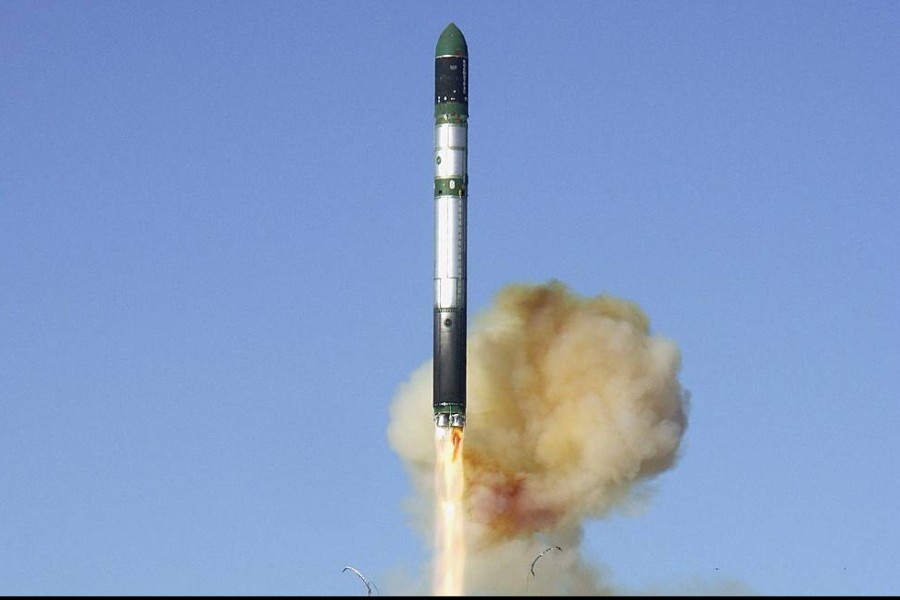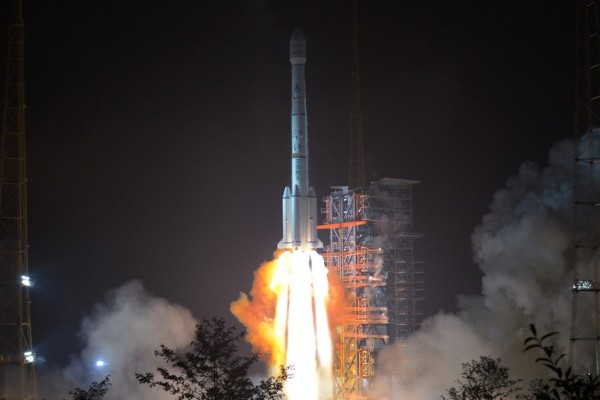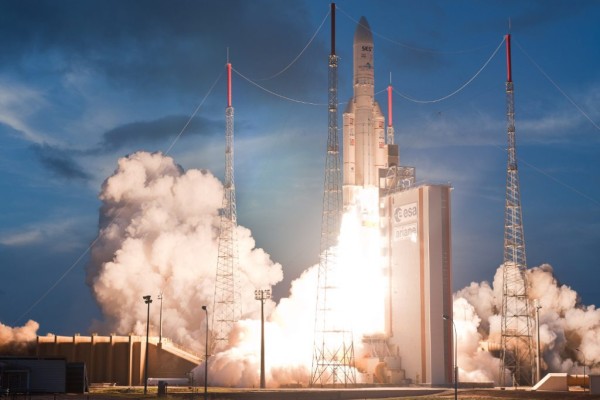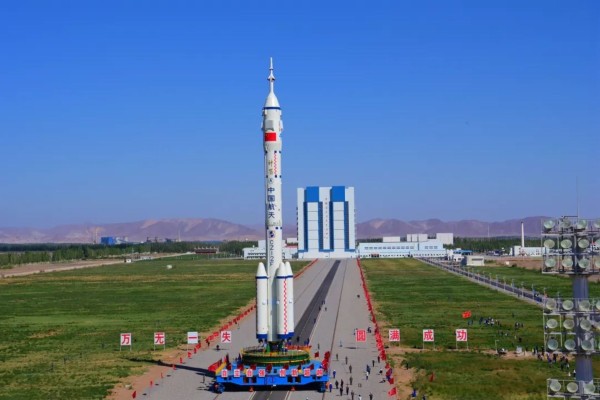- Space
- 1 year before
Dnepr Rocket: From Military Technology to Commercial Success
From Soviet ICBM to commercial satellite launcher, the Dnepr rocket boasts an impressive mission history, marking a groundbreaking shift in the space industry
-

- 1 year before
- Category: Space

Dnepr: A Rocket's Journey from ICBM to Satellite Launcher
Design and Specifications
The Dnepr rocket is a three-stage launch vehicle derived from the Soviet R-36M intercontinental ballistic missile (ICBM), known as the SS-18 Satan by NATO. It utilizes storable hypergolic liquid propellants and measures 34.3 meters in height with a diameter of 3 meters. The Dnepr's mass at liftoff is approximately 211,000 kilograms, and it is capable of delivering payloads of up to 4,500 kilograms to low Earth orbit (LEO), 3,200 kilograms to the International Space Station (ISS), and 2,300 kilograms to Sun-synchronous orbit (SSO).
Achievements and Important Missions
Prior to its commercial use, the Dnepr rocket had a successful history as an ICBM, with over 160 launches conducted by the Soviet Strategic Rocket Forces. In its commercial avatar, the Dnepr has been utilized for numerous satellite launch missions, serving international customers. Notably, it holds the record for the most satellites deployed into orbit in a single launch during a specific period.
Impact on the Space Industry
The Dnepr rocket exemplifies the transformation of obsolete military missiles into commercial satellite launch vehicles. This conversion has played a crucial role in reducing launch costs and expanding access to space for various countries. The Dnepr has emerged as a competitive option in the satellite launch market, offering a reliable and cost-effective alternative.
The Dnepr's success underscores the ingenuity and adaptability of the space industry, demonstrating the potential for repurposing existing technologies for peaceful purposes. Its mission history has fostered competition and innovation, paving the way for more affordable and accessible satellite launch options.




